Sharks are representatives of cartilaginous fish, belonging to the subclass of elasmobranchs in the class of Chondrichthyes in the phylum of vertebrates. They mainly live in the ocean, and a few species can also adapt to freshwater environments. They are generally medium to large in size, swim fast, and are awe-inspiring top predators in the ocean. So, do you know what the largest sharks are in the world today?

Today, I will introduce you to the ten largest sharks in the world, namely: whale shark, basking shark, great white shark, Pacific sleeper shark, tiger shark, porbeagle shark, bull shark, lemon shark, European swordfish and oceanic whitetip shark. Let's learn about the uniqueness of these marine behemoths.
1. Whale shark (9-12 meters)
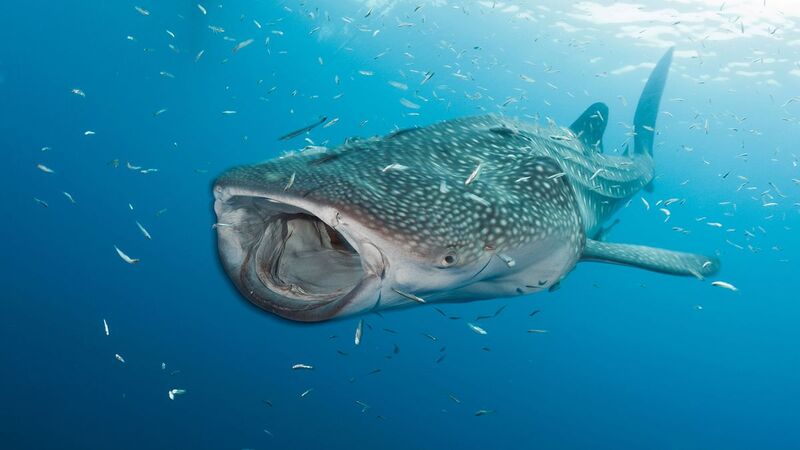
The whale shark is the largest shark known so far and the largest fish in the world. They are usually between 9 and 12 meters long, and some records even show giants as long as 20 meters and weighing 12,500 kilograms. Whale sharks have a mouth about 1.5 meters wide, with 300 to 350 rows of tiny teeth distributed in the mouth, and are equipped with 10 filter feeding structures, which are specially used to filter plankton and small fish in the sea water.

Despite their huge size, whale sharks are gentle and never actively attack humans, so they are also called "gentle giants in the ocean." They are often used by scientists as demonstration objects for marine science education to break the stereotype that "sharks must be ferocious." In fact, whale sharks often interact with divers in a friendly manner and are one of the favorite marine creatures for diving enthusiasts.
2. Basking Shark (6.7-8.8 meters)
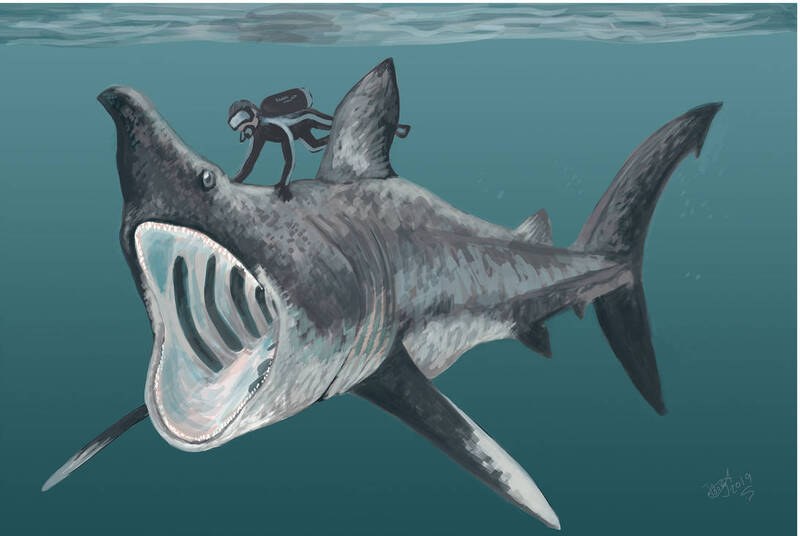
The basking shark is the second largest fish in existence after the whale shark and one of the largest sharks in the world. An adult basking shark is usually between 6.7 and 8.8 meters long and weighs about 6 tons. The largest basking shark specimen ever recorded appeared in 1851 and was found on a herring net in the Bay of Fundy, Canada. The individual was 12.27 meters long and weighed 19 tons, making it the "largest shark".

The basking shark has an unusually large mouth that can reach a width of 1 meter when opened, which is used to swallow large amounts of plankton. One of its most characteristic parts is the deep and wide gill slits on both sides of the head, which almost surround the entire head. The gill rakers are well developed and can effectively filter tiny organisms in the water. The basking shark has small eyes and a relatively slender body. It looks gentle in appearance. In fact, it is also a large filter-feeding shark with a gentle temperament and will not actively attack humans.
3. Great White Shark (4-5.9 meters)

The great white shark, also known as the man-eating shark, is one of the largest predatory fish on Earth. The average body length of an adult individual is between 4 and 5.9 meters, and the weight can reach about 2,000 kilograms. Females are usually larger and heavier than males. According to records, the largest individual found so far is up to 7.2 meters long and weighs an astonishing 3,200 kilograms.
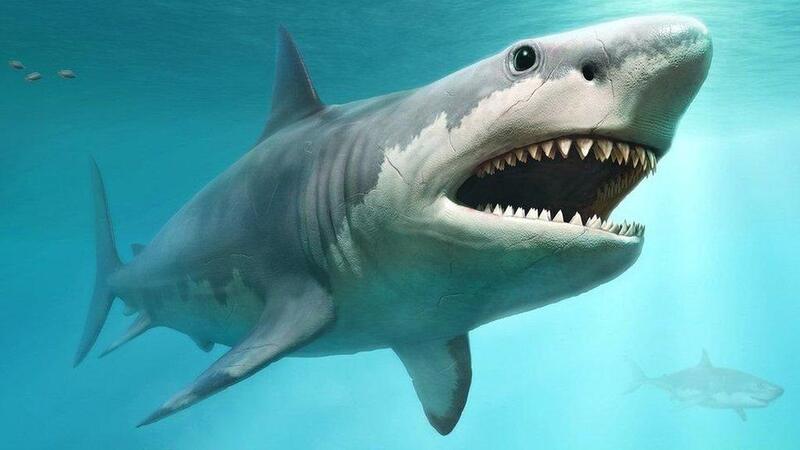
The great white shark has daunting triangular teeth with sharp serrated edges. Each tooth is up to 10 cm long, which is an important weapon for its powerful hunting ability. As the top predator in the ocean, it is at the top of the food chain and has almost no natural enemies. It is not only the "dominant" in the deep sea, but also an important role that cannot be ignored in the marine ecosystem.
4. Pacific sleeper shark (4.4 meters)

The Pacific sleeper shark is a huge shark that mainly lives in deep sea areas and can reach a depth of 2,000 meters below the sea. Generally, the length of an adult individual is about 4.4 meters, but some research literature has mentioned that its maximum length may reach 7 meters.

In 1990, a giant Pacific sleeper shark was caught and captured in Tokyo Bay, Japan, after being lured by bait. The shark was estimated to be about 7 meters long (equivalent to 23 feet), comparable in size to the famous great white shark, and may even be larger in some cases.
5. Tiger shark (4 meters)
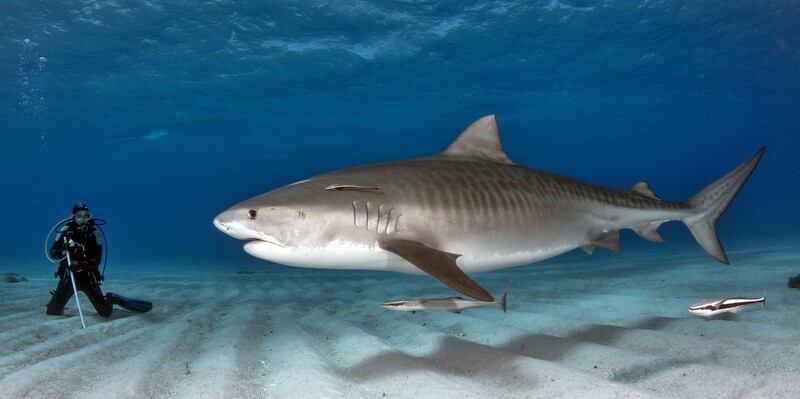
The tiger shark, also known as the tiger shark, is one of the larger members of the shark family. Generally, an adult tiger shark can reach a length of about 4 meters and weigh between 400 and 635 kilograms. However, according to the World Fish Database, there have been individuals that have reached 6 meters in length and weighed 807 kilograms, and there have even been reports of tiger sharks as long as 9.2 meters. Although their exact lifespan has not yet been determined, the scientific community generally believes that they can live for at least 12 years.
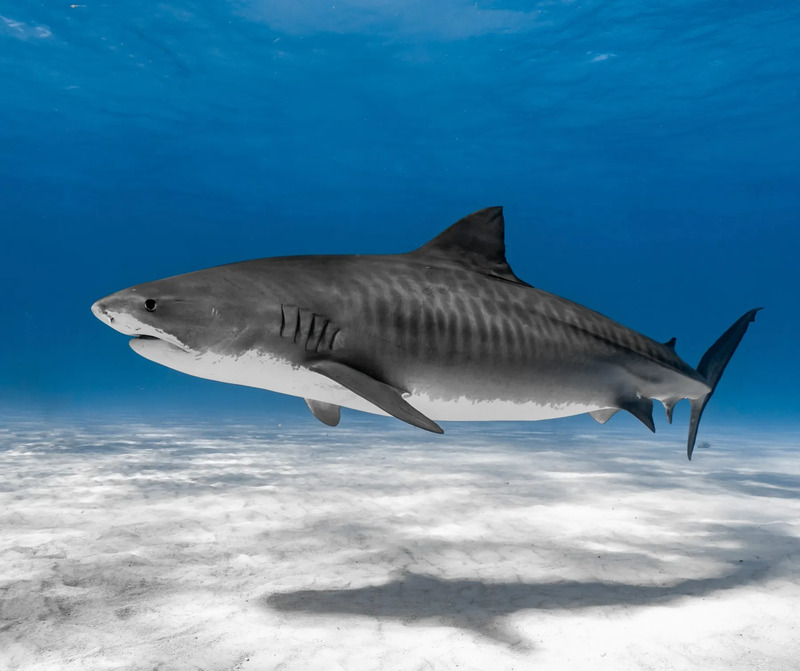
Tiger sharks are known for their ferocious temperament and strong aggressiveness, and many cases of attacks on humans have been recorded. Due to their huge size, fast swimming speed, and unpredictable attack behavior, tiger sharks are often listed as one of the "most dangerous shark species" along with great white sharks and white reef sharks.
6. Porbeagle Shark (3.7 meters)
The porbeagle shark, also known as the Atlantic mackerel shark, is one of the larger ocean-going sharks in the family Porbeagle Shark. They are sturdy and muscular, with a dark blue back and a white belly. The nose is pointed and tapered, and the appearance is very streamlined. An adult porbeagle shark can reach 3.7 meters in length and generally weighs between 160 and 250 kilograms.
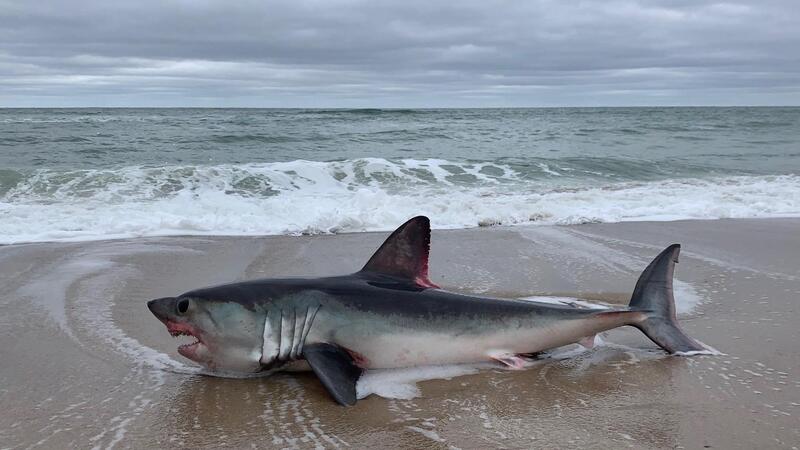
The porbeagle shark is recognized as the "king of speed" and is considered one of the fastest sharks in the ocean. It can even jump out of the water and perform a dolphin-like jump. They are known for their swiftness and mainly feed on medium-sized ray-finned fish, such as mackerel, herring, sailfin fish and knife fish.
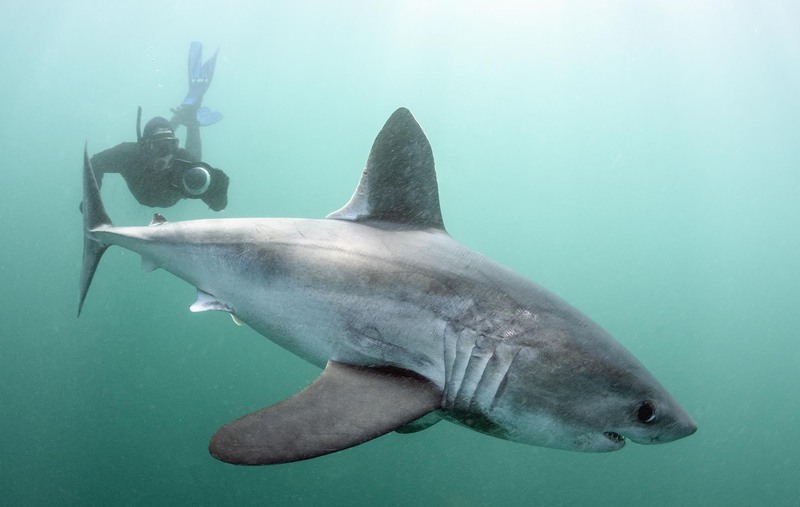
Although porbeagle sharks do not attack humans as frequently as great white sharks, they have indeed attacked swimmers, divers, surfers and even small boats without obvious provocation, so they are also listed as one of the potentially dangerous sharks.
7. Bull Shark (2.1-3.5 meters)
The bull shark is a sturdy and powerful shark. Because of its sturdy body, wide and flat nose and ferocious character, it is vividly called the "bull shark". Its scientific name is Carcharhinus alba, also known as bull shark or bull white-eye shark.
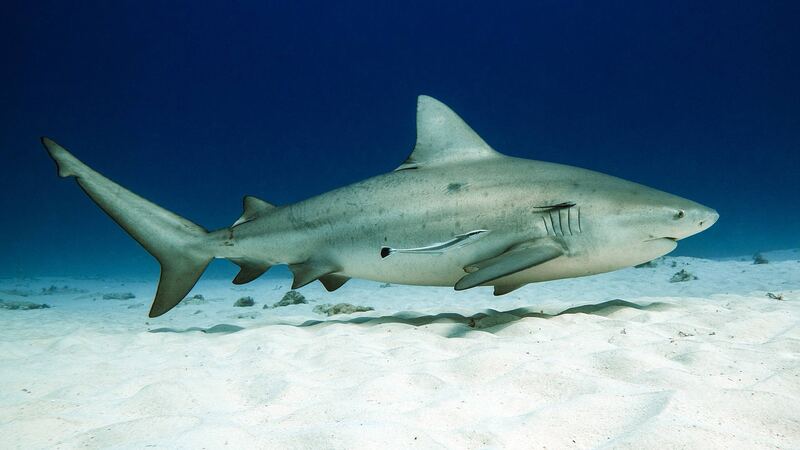
This shark is very sturdy, with male individuals generally reaching 2.1 meters and weighing about 90 kilograms, while females are larger, reaching 3.5 meters in length and weighing more than 230 kilograms. The body color of the bull shark is dark on the top and light on the bottom, with a gray back and a white belly, which is a typical marine camouflage color.
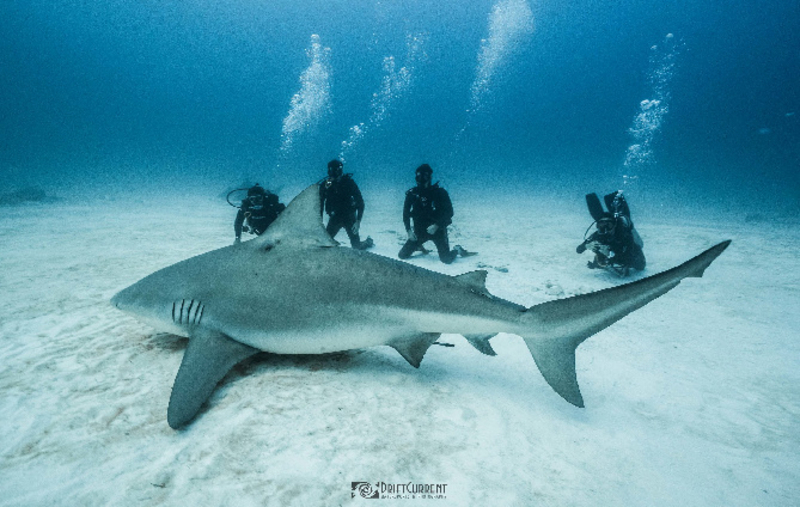
The most distinctive feature of the bull shark is that it has a strong adaptability and can move freely between seawater and freshwater. It is one of the few sharks known to live in saltwater and freshwater environments. There are even records showing that they have swum into rivers thousands of kilometers inland. This unique ability allows the bull shark to have a wider distribution range and increases the chances of human contact with it. Therefore, in the global shark attack statistics, the "appearance rate" of bull sharks is also quite high.
8. Lemon Shark (2.4 to 3 meters)
The lemon shark is a medium-sized shark named for its light yellow to yellow-brown body, which resembles the color of lemon. They belong to the family of carcharhinidae and are one of the common shark species in tropical and subtropical waters.

The body length of an adult lemon shark is usually between 2.4 and 3 meters, and some individuals can even grow to more than 3.6 meters. They have a relatively sturdy body, a flat head, and a tail fin that is less than half the length of the whole body, which makes them look strong and powerful.

The lemon shark has obvious habitat changes throughout its life. Young sharks mostly live in lagoons surrounded by mangroves and flat shallow sea sands. These areas have gentle currents and abundant food, making them suitable as their "nursery rooms". As they grow older, they gradually migrate to offshore waters up to 400 meters deep to expand their living range.
9. O'Brien's sharpnose shark (2 to 3 meters)
O'Brien's sharpnose shark, also known as O'Brien's swordnose shark and sharpnose shark, is a medium to large shark species. The average individual body length is between 2 and 3 meters, and the largest specimen recorded so far was found in the waters of Tasmania, Australia, with a body length of about 3.9 meters. According to scientists' speculation, the theoretical maximum body length of this species can reach 5.4 to 6 meters.
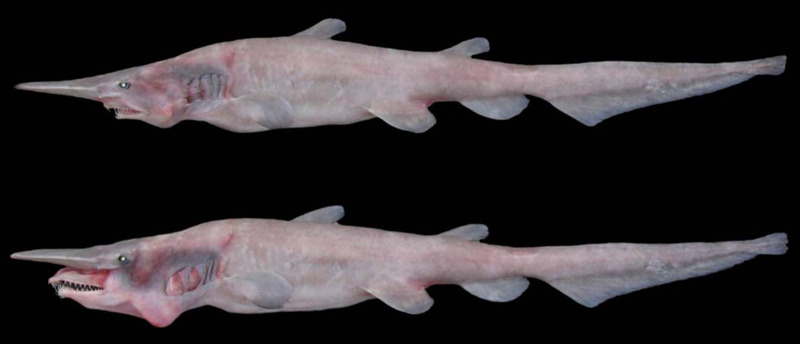
One of the most striking features of this shark is its rare pink body, which is due to the translucency of its skin, and the blood vessels in the body are visible through the skin, forming this unique color. This color is extremely rare in the shark family, making the European sharpnose shark highly recognizable.
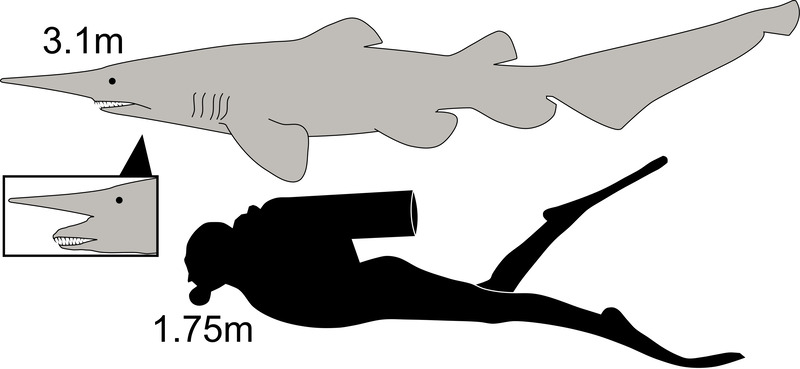
In addition, the European sharpnose shark has another surprising physiological feature: their liver is abnormally large, weighing about a quarter of their body weight. As for why they have such a large liver, the scientific community has not yet reached a conclusion. Some scholars speculate that this may be related to their deep-sea living habits, buoyancy regulation or energy reserves, but further research is still needed to reveal their specific functions.
10. Oceanic Whitetip Shark (1.7-2 meters)
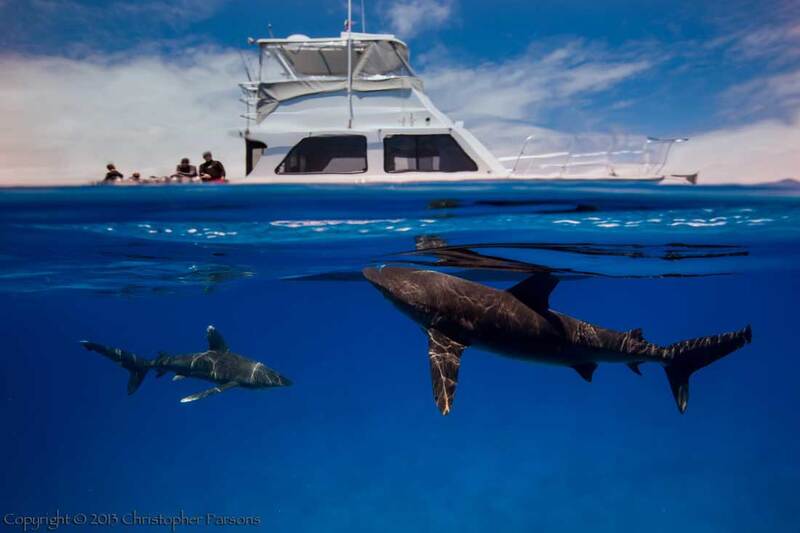
The oceanic whitetip shark, also known as the long-fin shark or the spotted white-eye shark, is a large shark that lives on the surface of tropical and warm waters. They are strong in body shape, and their most notable feature is the pair of slender, rounded pectoral fins with white edges, which are very eye-catching, hence the name "white fin".

Among the many species of the carcharhinidae family, the oceanic whitetip shark is a medium-to-large species. According to known records, the largest individual can reach 4 meters in length and the upper limit of weight is about 170 kilograms. Female individuals are usually slightly larger than males. The body length of males at sexual maturity is 1.7 to 1.9 meters, while that of females is between 1.8 and 2 meters.

The world's top ten largest sharks are mainly selected based on large and medium-sized sharks. The length and weight of the relevant sharks are sorted through search websites such as Baidu, and the ranking is recommended according to the body length of the relevant sharks. The ranking is for reference only. If you have any questions, please comment/criticize at the end.
animal tags: sharks
We created this article in conjunction with AI technology, then made sure it was fact-checked and edited by a Animals Top editor.